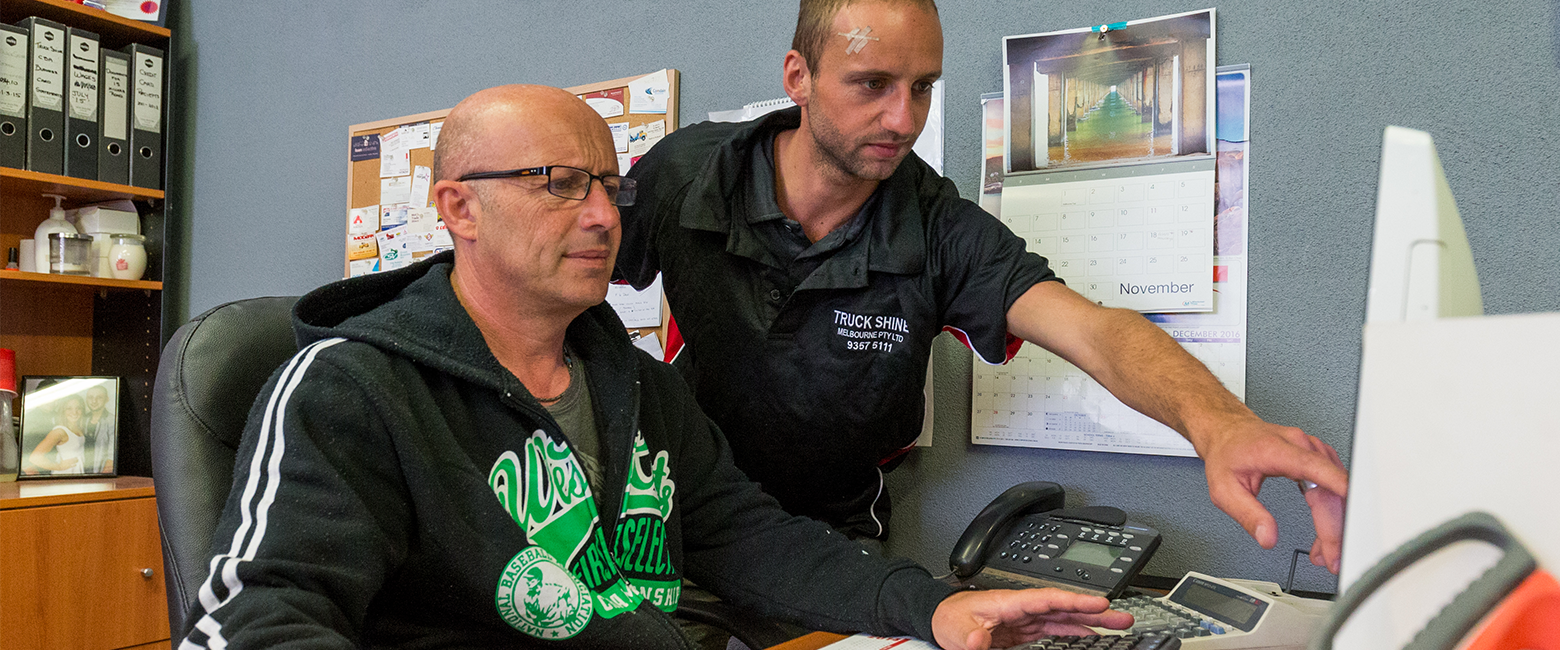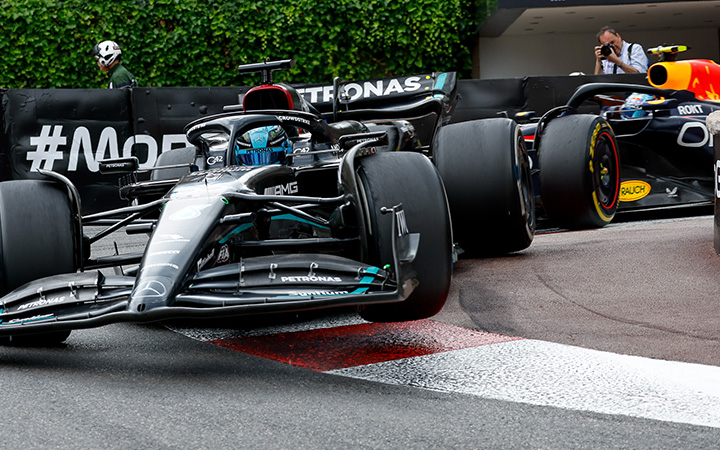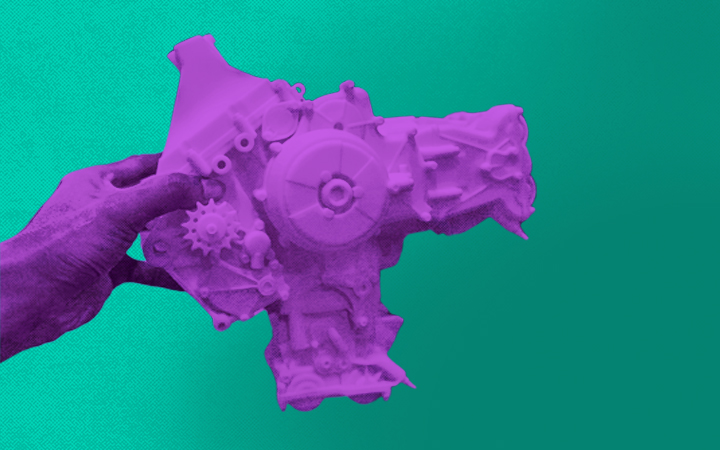With the current buzz about rising inflation, interest rates and petrol prices, you would be forgiven for thinking that Australia is in the depths of a severe recession. But as I draft this article, the reality couldn’t be further from the truth. Both the Australian and New Zealand economies are still booming with nearrecord-low unemployment rates.
The rapidly rising inflation is a concern, and the reserve banks of both countries are sensibly raising interest rates to slow the spending to get inflation under control. In Australia, inflation is forecast to peak around 7 per cent later this year and then decline to more manageable levels in 2023.
So what does this mean for the average person? We can all agree that we are going to see a period of rising cost of living pressures brought on by higher interest rates, fuel prices and food prices. This will no doubt force many people to curb and reprioritise their spending.
The million-dollar question is how will rising interest rates and cost of living pressures affect auto workshops? That is a hard one to answer, but what we do know is that not all industries will be impacted in the same way. There will always be abnormalities.
Having said that, there are many reasons workshop operators should maintain a positive outlook that the industry will get through the next couple of years fairly unscathed.
COVID really knocked around the production of new cars and, coupled with extra demand, caused long wait times for new cars. Demand continues to significantly outstrip supply, with wait times for most manufacturers stretching between three and 14 months. It’s fair to estimate that the new car shortage will likely continue for at least the next 12 to 18 months. The net result of the new car shortage is that many customers will be forced to spend significant money repairing and maintaining older vehicles. Rising cost of living pressure will also further propel people to repair older vehicles rather than buy a new one.
From 2017 to 2020 car ownership was on a declining trend in Australia. The COVID pandemic quickly changed that, and from 2020 to 2021 car ownership increased by 1.7 per cent, to 20.1 million. In addition, the average vehicle age in Australia has increased from 10.2 years prior to the pandemic to 10.6 years in 2021. The Australian Bureau of Statistics is yet to release its 2022 report, but it’s expected that the number of registered vehicles in Australia will increase, as will the average vehicle age.
Simply put, a growing and aging vehicle fleet is good for the service and repair industry.
It’s a challenge to get real stats on how many legitimate registered mechanical repair workshops there are in Australia and New Zealand. My gut instinct tells me they are slightly decreasing.
It is easier to get an accurate picture of how many people work in the industry. Australian government statistics have the number of motor mechanics slightly increasing from 109,000 in 2019 to 111,000 in 2021. However, the current five-year forward forecast is for a fall of 0.7 per cent.
On its own, a stagnating workforce doesn’t mean much, but it’s compounded by the fact we have a growing and aging car fleet. Put simply, more vehicles will need to be worked on by fewer technicians. Don’t for a minute think that this means you can sit back and the work will just flow in. More than ever before you will need to be highly active in marketing your business, communicating with your customer database and providing exceptional service.
Just as when COVID started back in 2020, your database of customers will see you through tougher times. It’s therefore imperative that workshops maintain regular contact with their database. With tightening budgets, there might be a drop in vehicle servicing. The consequences of putting off or skipping vehicle services are well-known to the trade, so you would be doing the right thing by your customers by sending second and third reminders to those whose vehicles reach three or six months overdue for servicing.
The industry has been super busy and when bookings have to be made several weeks in advance, customer service may suffer. It’s time now to review service standards and start wowing your customers again.
Rising costs to your business will need to be closely monitored. If costs are left unchecked, there could be a rude shock in a year’s time. Don’t just roll over with the same supplier every year. Invest some time to check out alternatives to ensure the workshop is getting the best value that it can find for the dollar.
And finally, if you haven’t put prices up in the last few years, review them again now, because you will find that many of your competitors have struck more realistic prices that match the value of the services and expert staff they deliver.
A final word – keep your chin up, stay positive and don’t let all the negative talk about the economy get you down. There is good reason to believe that the industry should be optimistic about a prosperous 2022-23.


